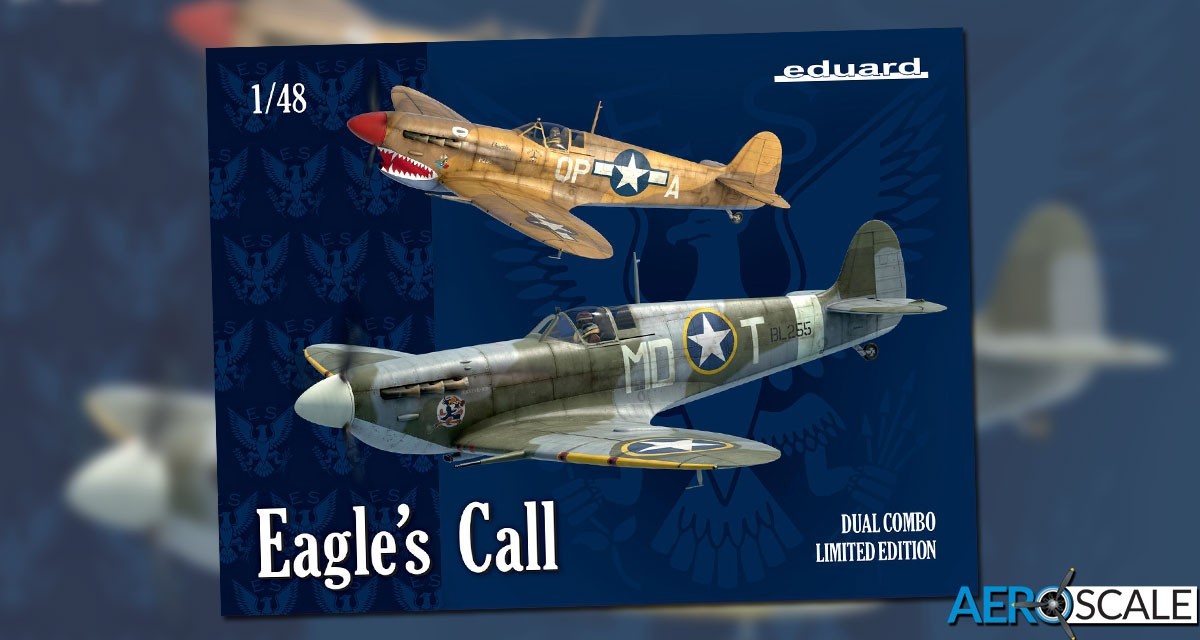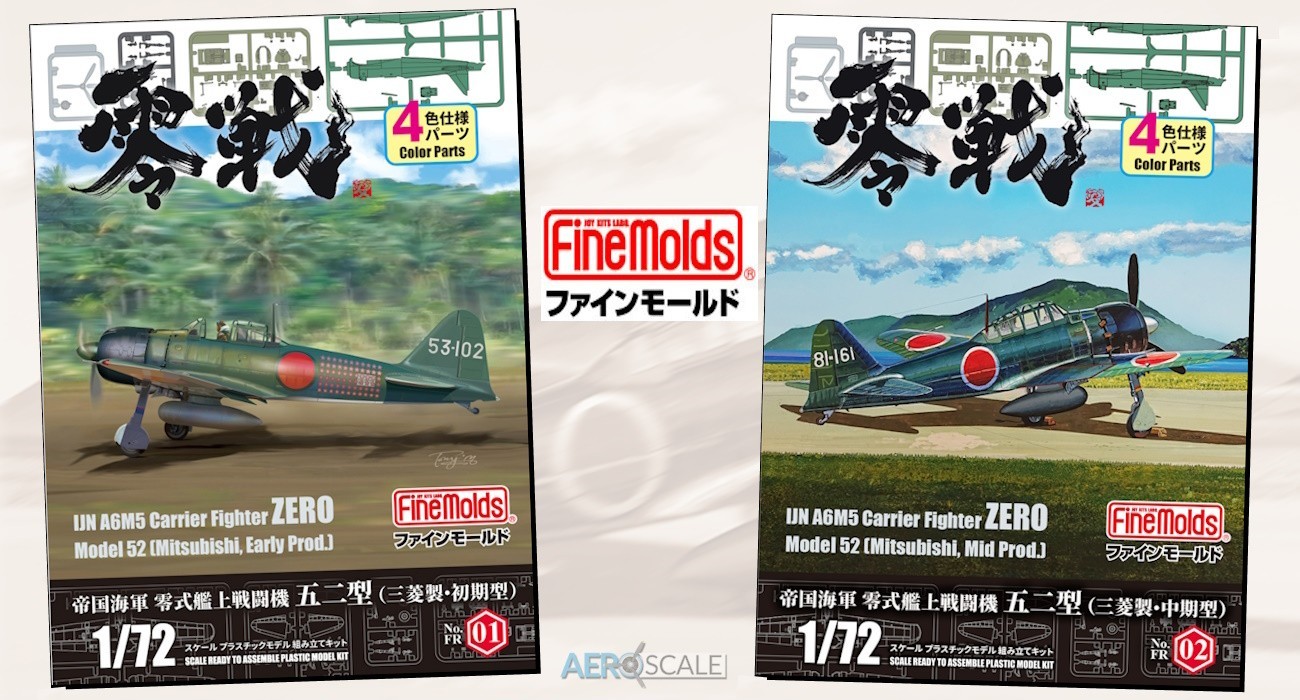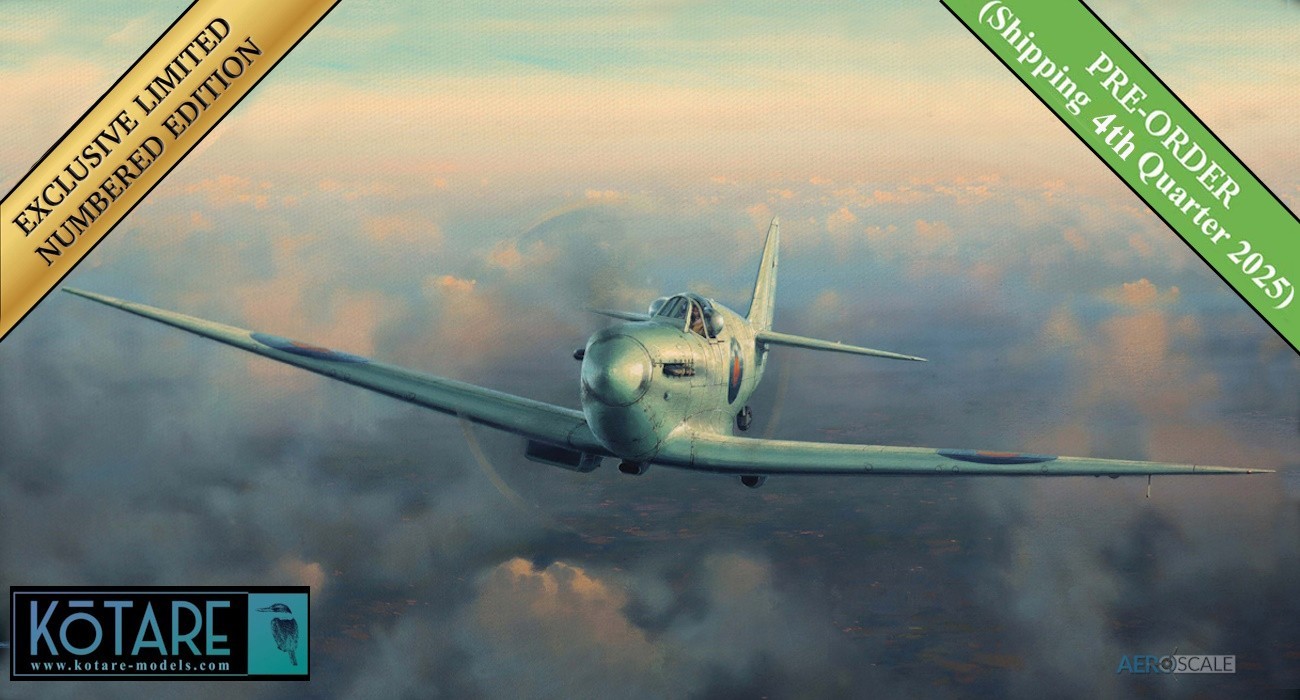
Intro
It was clear as soon as we saw the runners for Eduard's Spitfire Mk. I last year that further variants wouldn't be far behind. Naturally, there was a Mk. II soon after, but now Eduard have broadened the scope and tackled the cannon-armed MK Vb and 'Vc.
For the first boxing, they've gone for a rather neat twist and produced it as a tribute to the American pilots who entered the war early, flying with the RAF and the USAAF in the European and North African/Mediterranean theatres of combat.
The box contains parts for two complete models and, because some of the runners are produced to cover a range of early-variant Spitfires, there are inevitably a lot of unused parts to stock up your spares box. Eagle's Call comprises:
309 x grey styrene parts (plus 241 spare)
23 x clear styrene parts (plus 19 unused)
2 x photo-etched frets, each containing 71 x part
A sheet of Washi tape painting masks
Decals for 12 x colour schemes
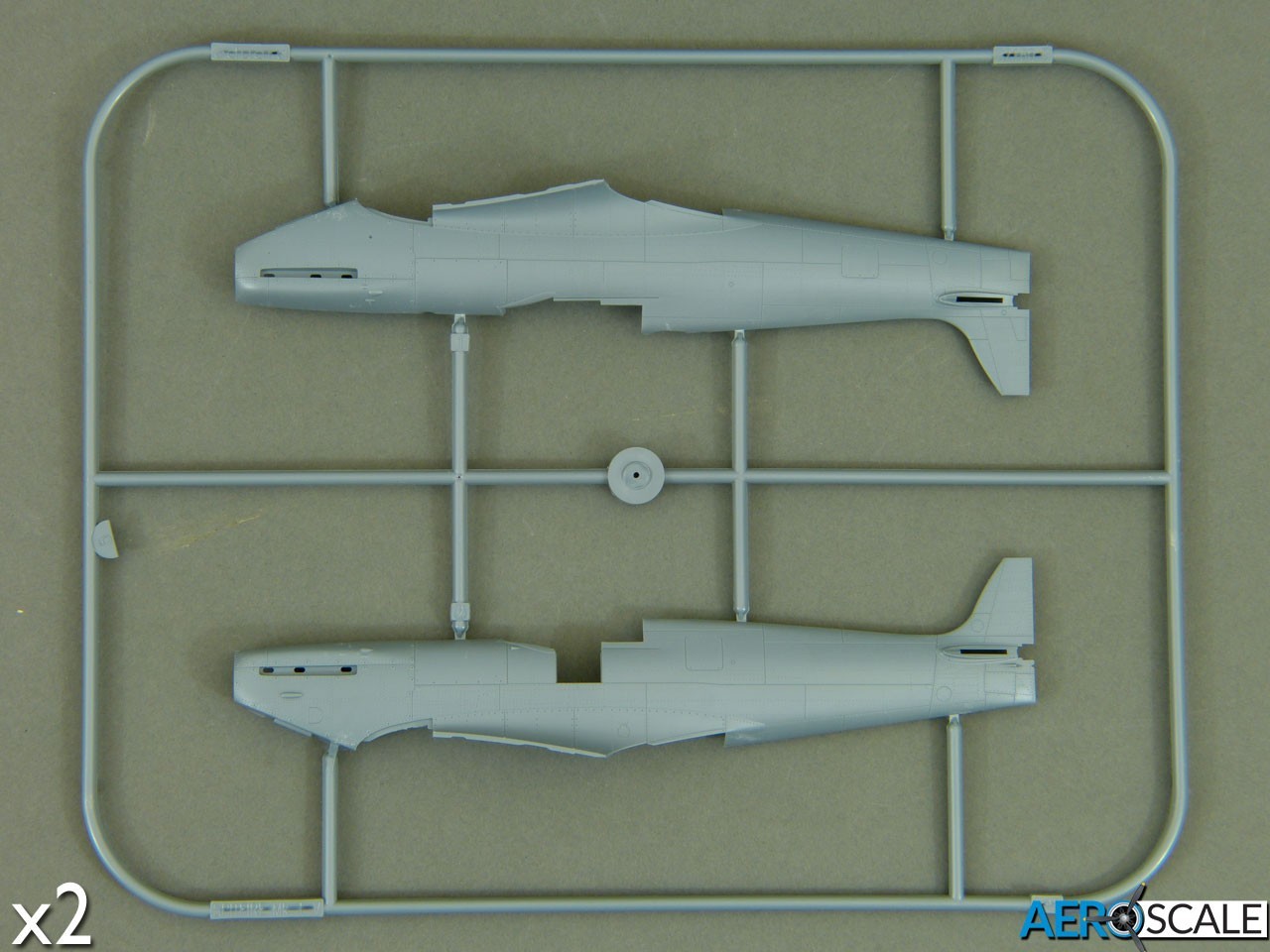


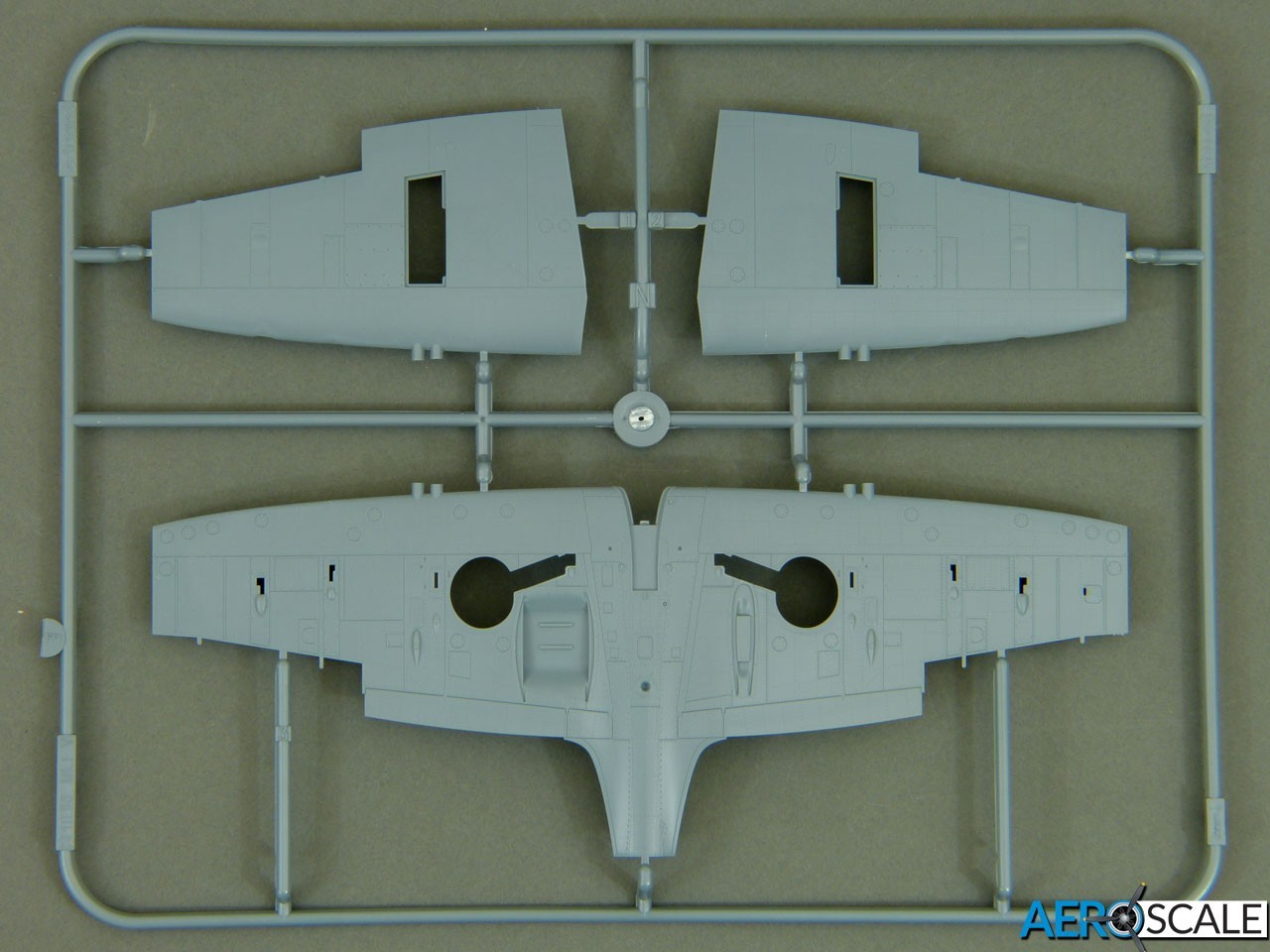
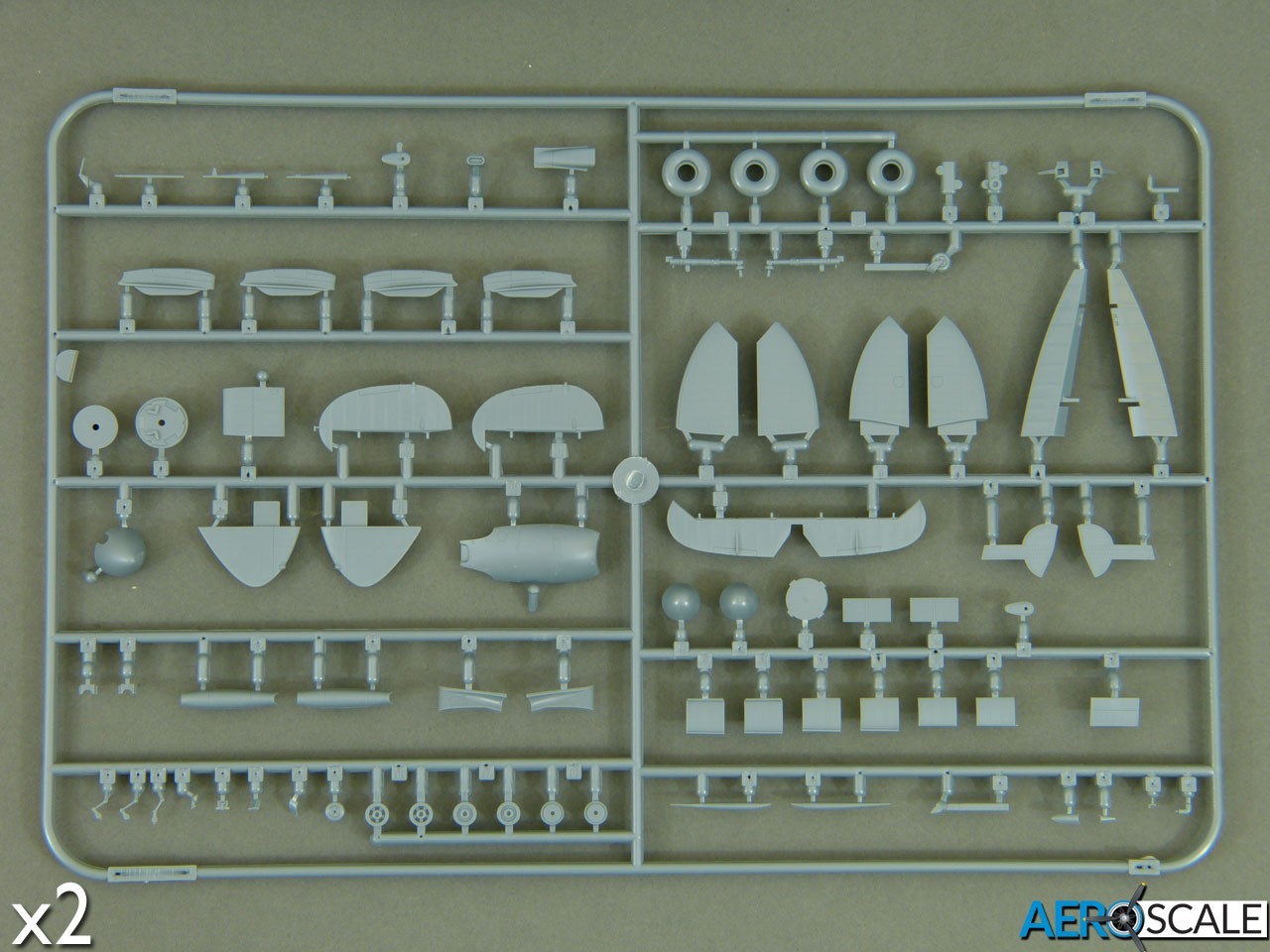


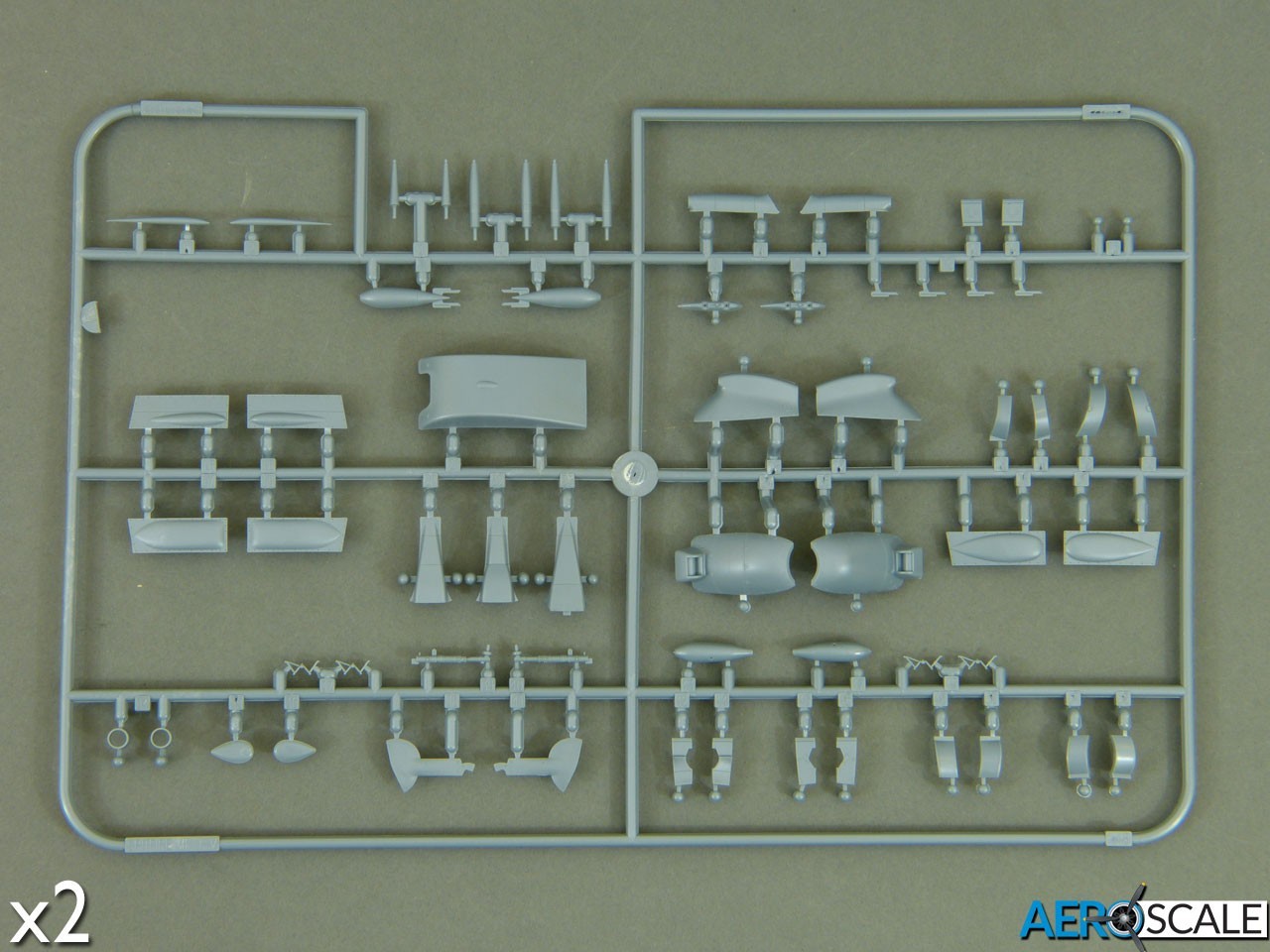
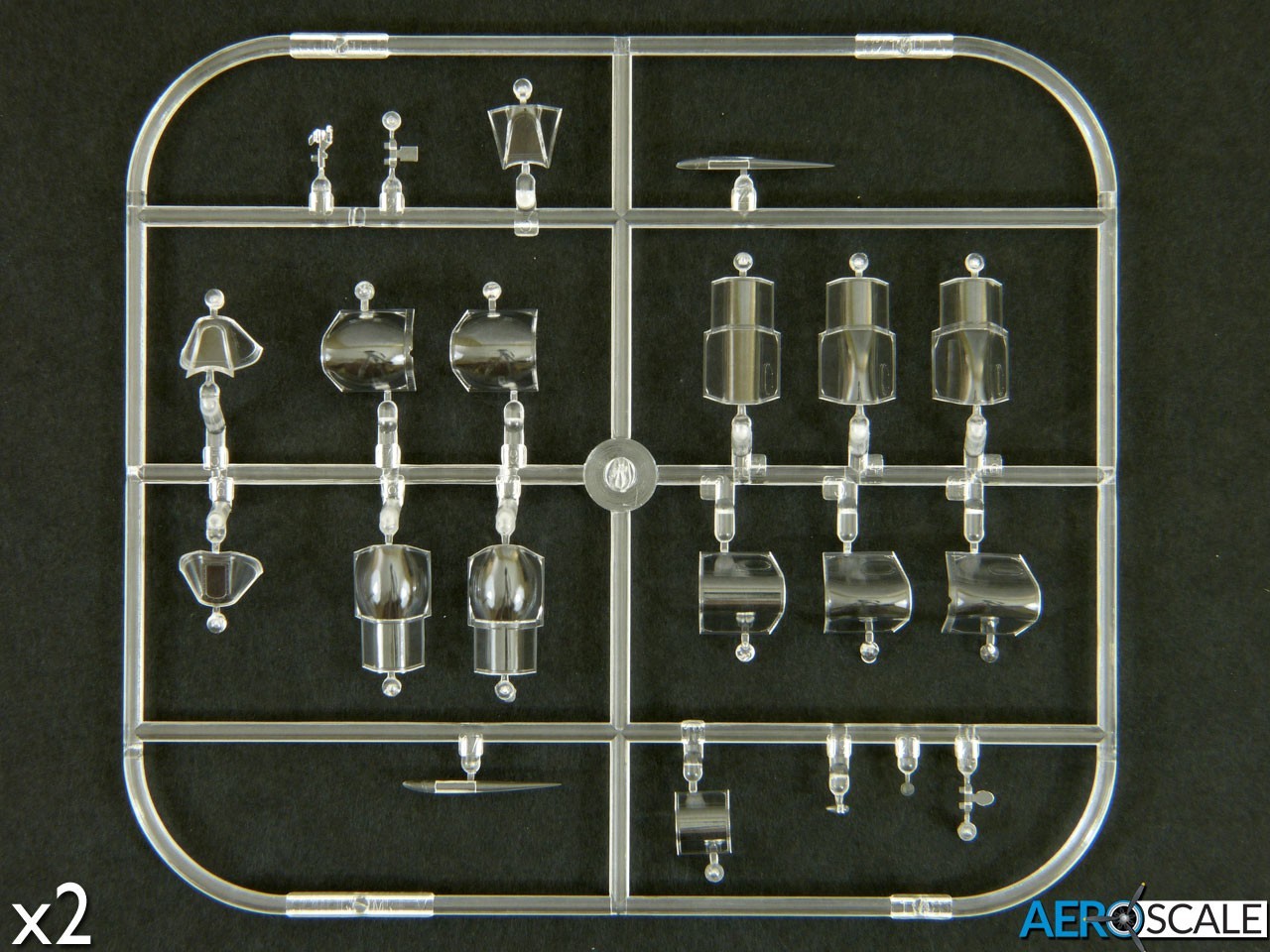
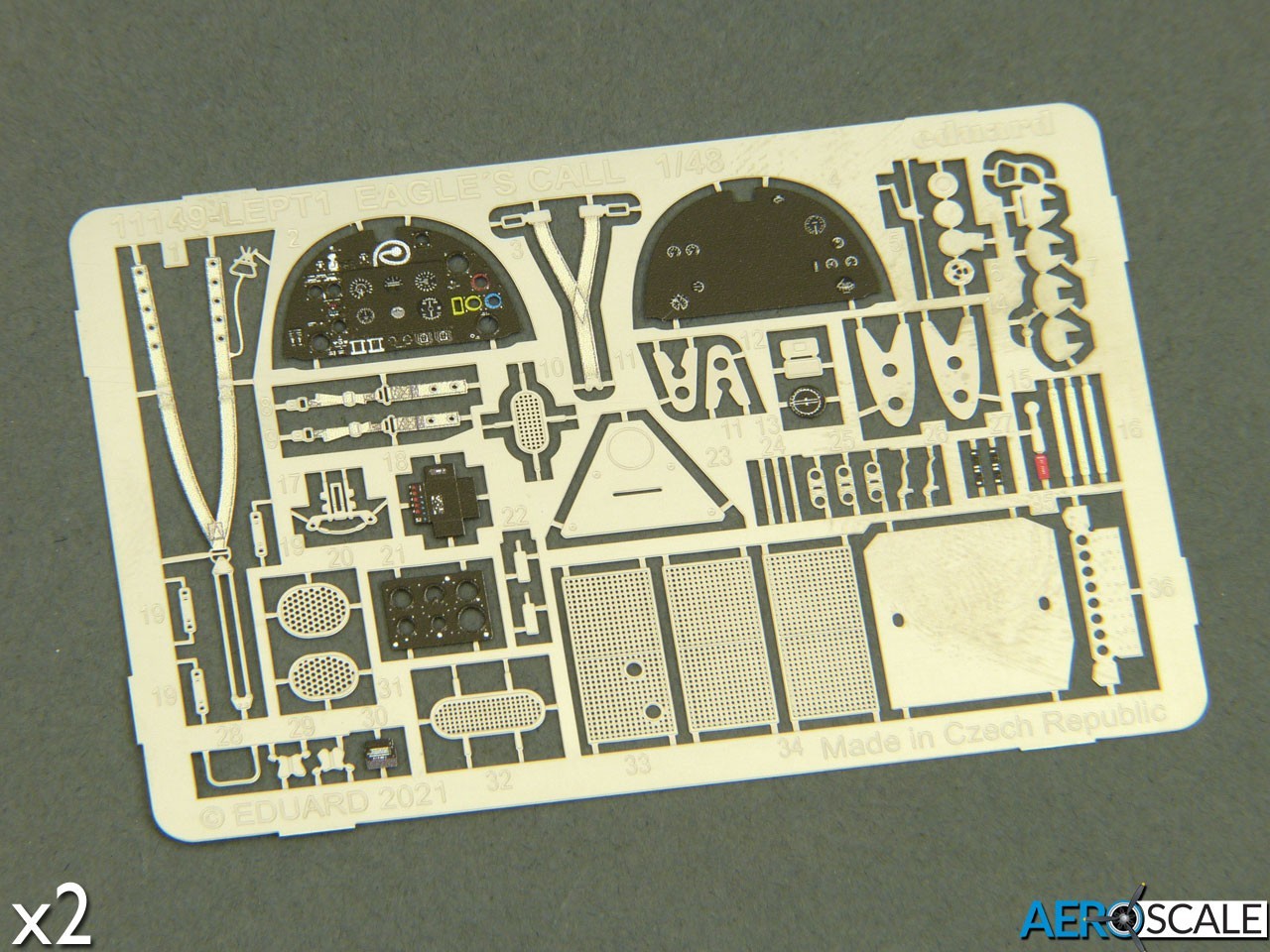


Moulding
Once again, the surface finish is simply superb, with a mix of very subtle raised and embossed rivets, light panel lines, and raised details like hinges and Dzus fasteners. I do think the rib tapes and stitching is a bit overdone on the fabric covered control surfaces, but you can always knock it back a bit to suit your taste.
There are two styles of fuselage provided to accept the different windscreens for the versions featured and, of course, two styles of wings to reflect the armament variations.
The bulky tropical filter is included for seven of the featured aircraft.




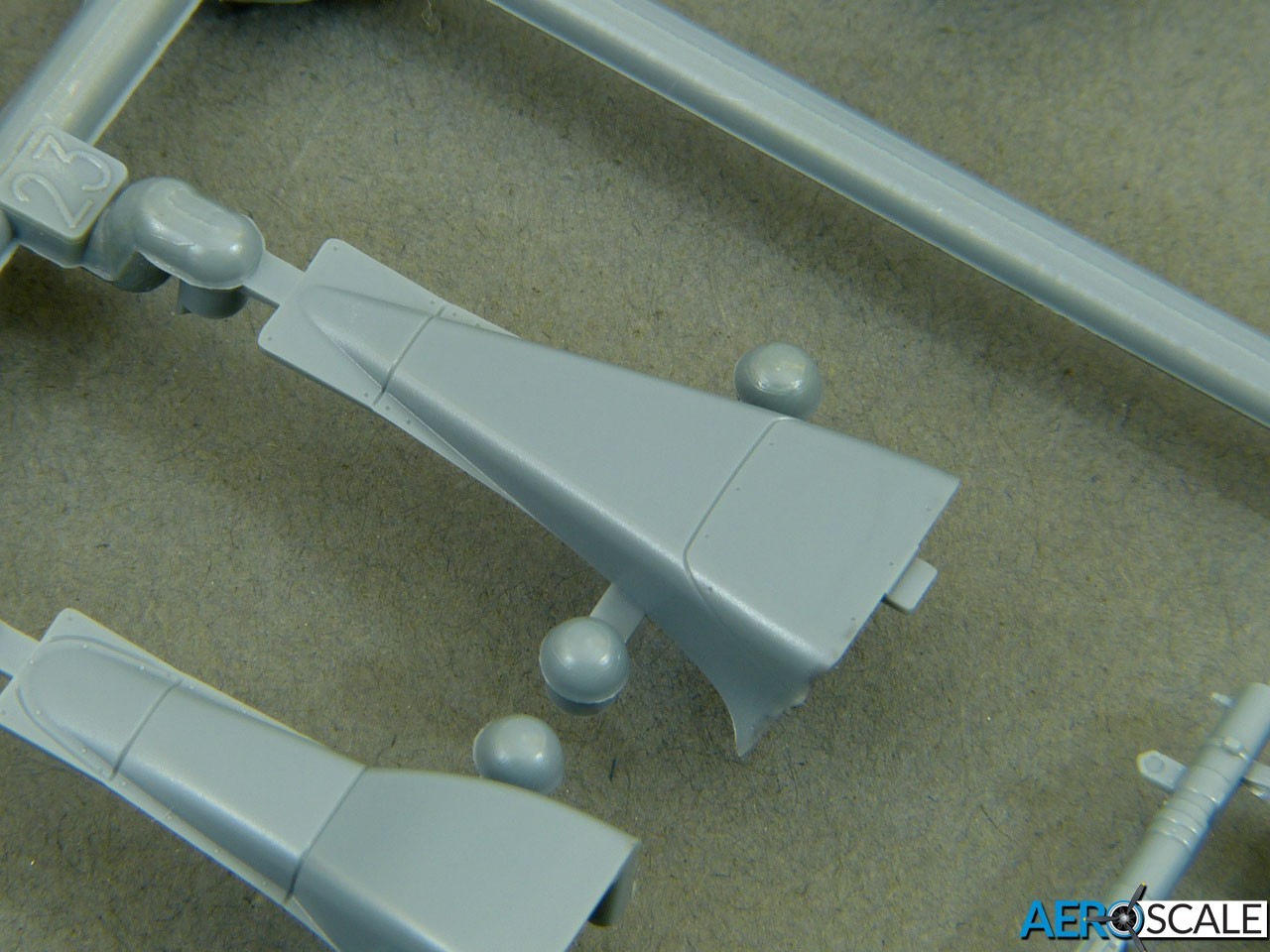

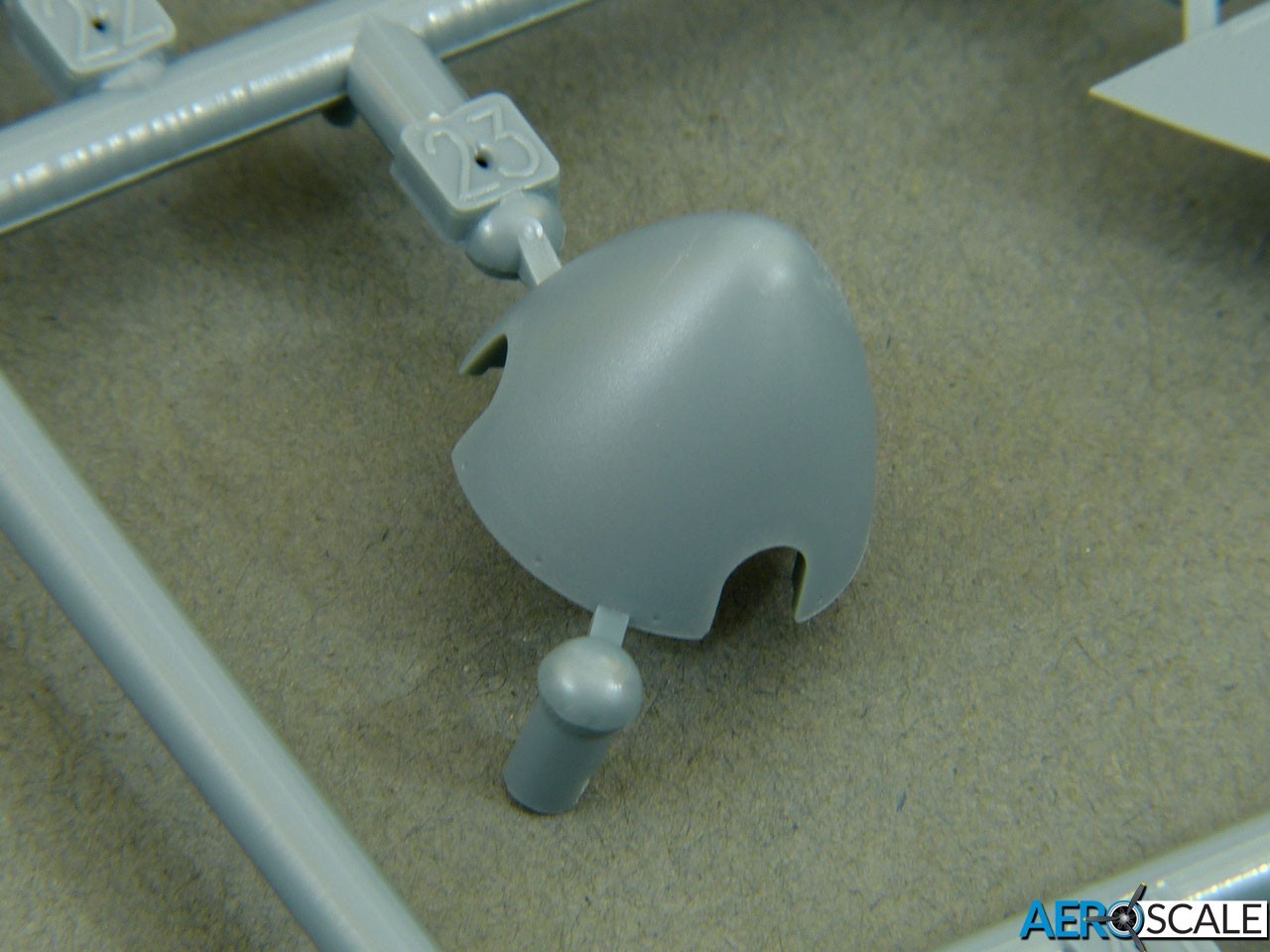
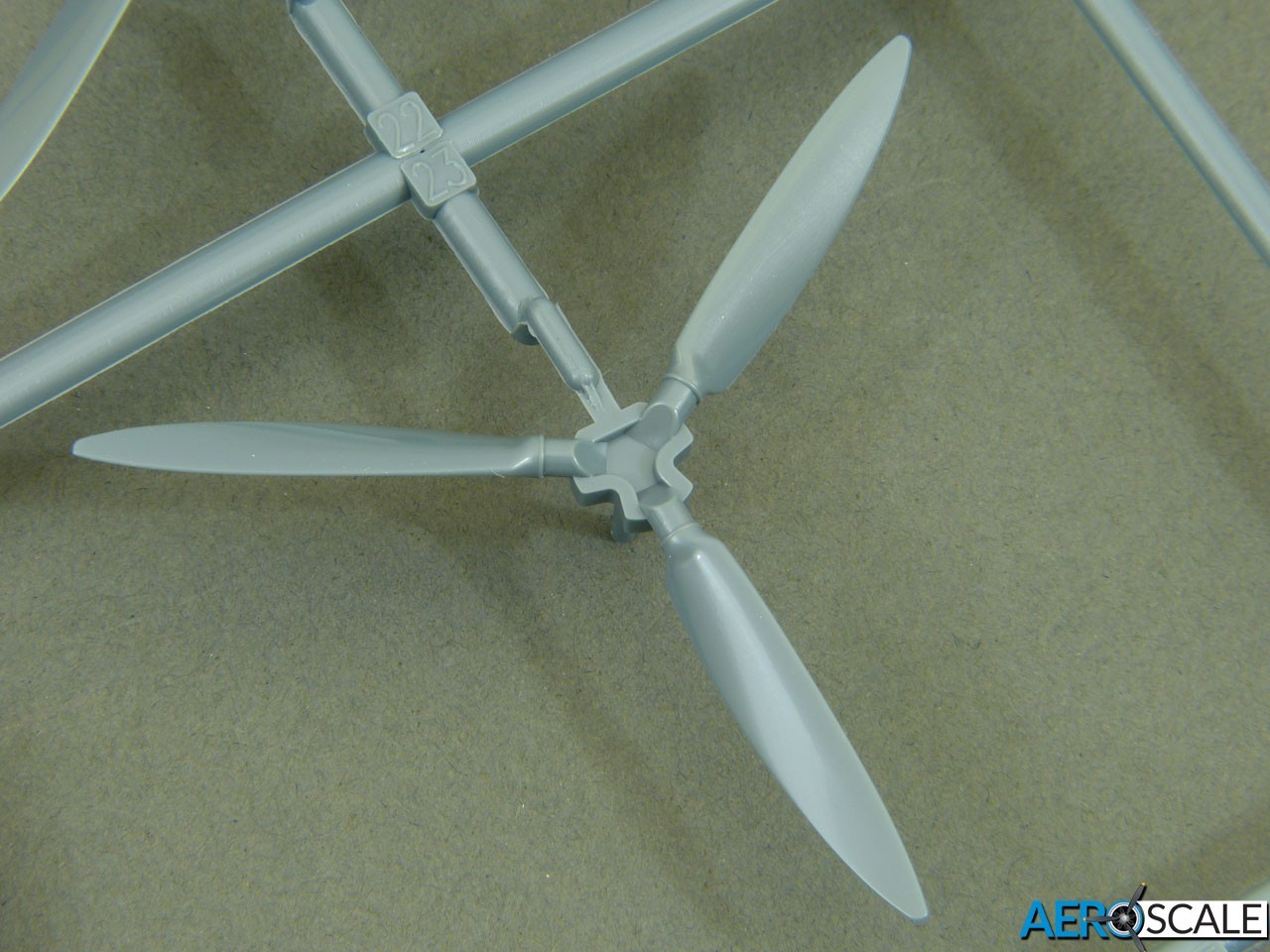
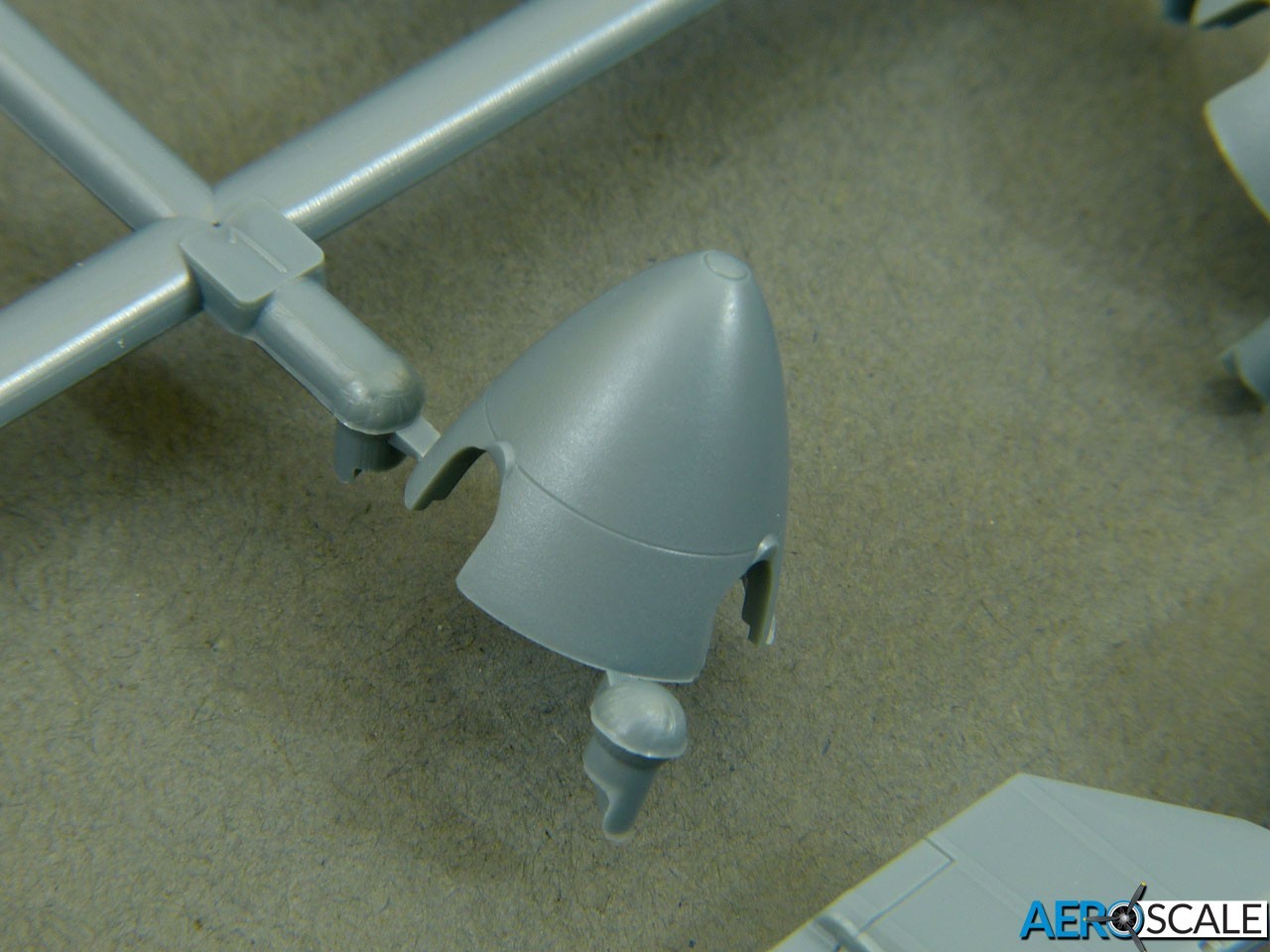

A Few Details
As Eduard's new kit builds upon their highly regarded Mk I and Mk II, there aren't really any surprises and I'll refer readers back to our earlier reviews instead of covering the same ground ad infinitum. Suffice to say, I found the Mk I assembled beautifully, with very precise fit and no real pitfalls.
As a brief taste of what to expect in the Mk V, the cockpit is beautifully detailed, with over 50 plastic and metal parts. There's a pre-coloured etched seat harness and a choice of etched or styrene instrument panels, with optional decals for the latter if you go that route.
The undercarriage wells are neatly boxed in and the main gear legs slot in firmly at the correct angle. The wheels are provided with alternative hub styles and are moulded un-weighted, so you may wish to file slight flats on them to give a sense of the bulk of the real aircraft and get the "sit" right.
The exhausts are multi-part affairs - 4 pieces per side - and should look much better than the usual single mouldings.
The cockpit access door can be posed open or closed, and there's a really intricate etched locking mechanism if you want to fit it. I used it on the Mk I and it's definitely worth the effort, but beginners should be aware that it involves folding some pretty small metal parts. Unlike the Mk I, this time the door comes complete with the infamous crowbar and, probably wisely, Eduard have steered well clear of the contentious debate over what colour to paint it!
(For the sake of this review, there are period colour photos showing dull natural metal, and eye-witness testimony to the crowbar being painted red. Early crowbar sets were supplied to squadrons to retro-fit in the field, so some may have painted them, others not. Basically - take your pick. Of course, you could always dodge the issue and have the clips for the crowbar empty - as often seen in vintage photos (I wonder what happened to all those missing crowbars? - even just a couple of them could help end the argument over what colour they were...))
Instructions
The instructions are well laid out. Obviously, with multiple variants featured, there'd be real scope for confusion, particularly if everything was crammed together in one set of diagrams, so Eduard have wisely chosen to split the assembly guide in two - the first part covering the Mk Vb and 'Vb Trop, with the next section dealing with the Mk Vc Trop.
Painting suggestions are keyed to parts throughout, with matches for Gunze Sangyo and Mission Models paints.

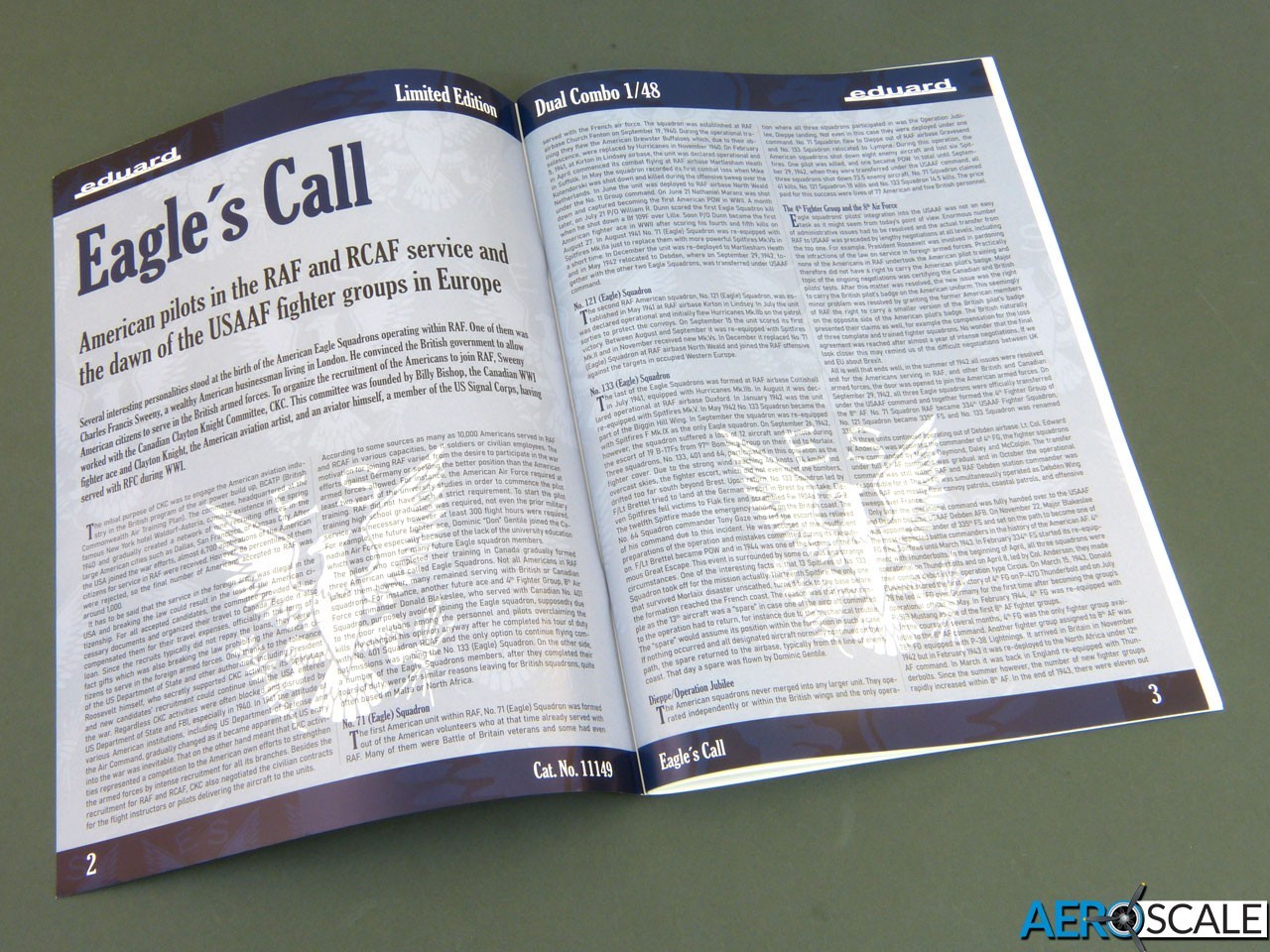
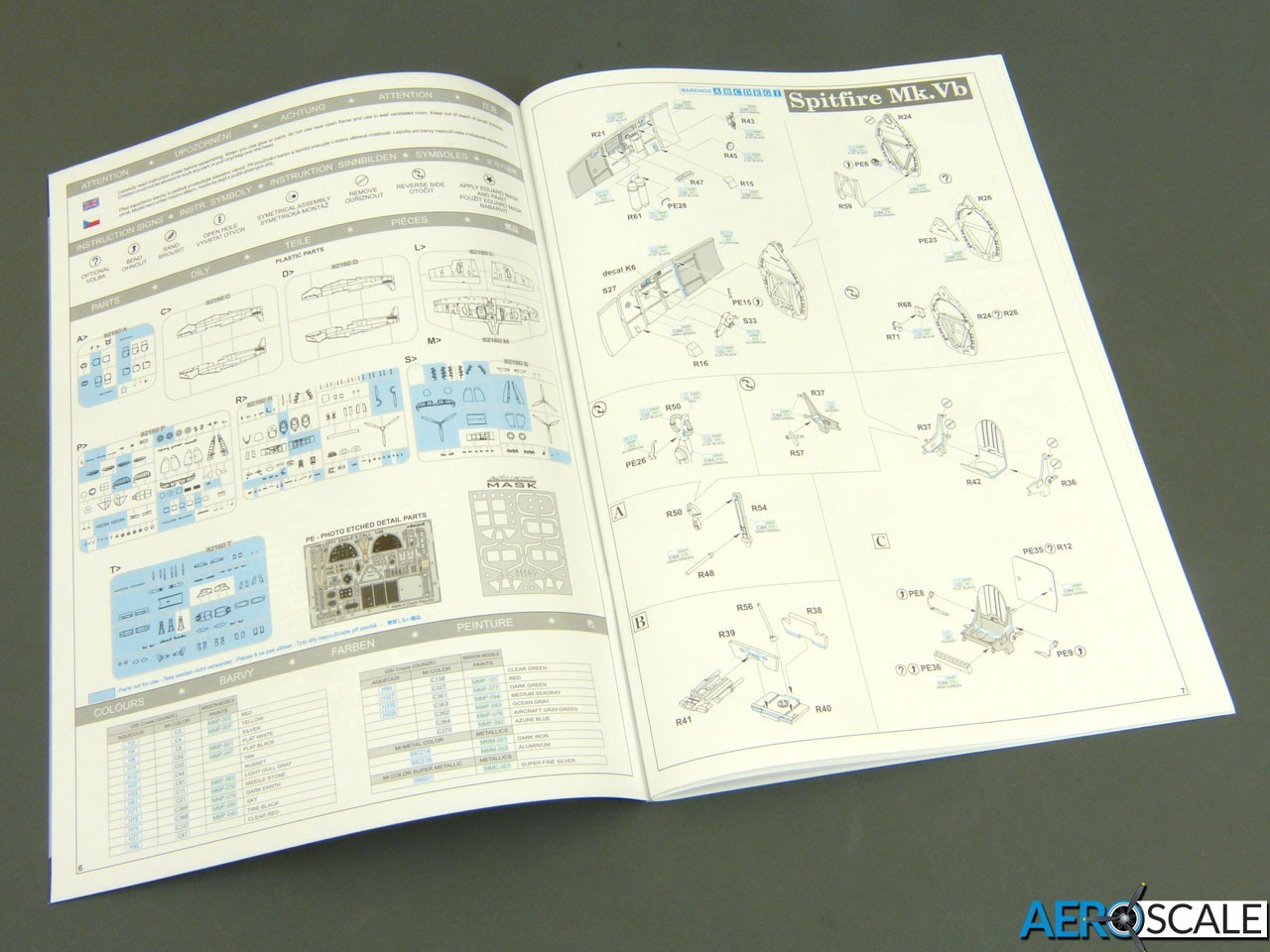

Colour schemes
A standout point of this boxing is the phenomenal number of markings options - 12 in total - resulting in a colossal main decal sheet, with two smaller sets of servicing stencils. The featured schemes are:
A. Spitfire Mk.Vb, AB875, P/O Joseph M. Kelly, No. 71 (Eagle) Squadron, RAF Martlesham Heath, Suffolk, United Kingdom, February 1942

B. Spitfire Mk.Vb, BL753, P/O Donald J. M. Blakeslee, No. 401 Squadron RCAF, RAF Gravesend, Kent, United Kingdom, April - May 1942

C. Spitfire Mk.Vb, BM581, P/O William P. Kelly, No. 121 (Eagle) Squadron, RAF Southend, Essex, United Kingdom, July 1942

D. Spitfire Mk.Vb, EN851, Lt. Roland F. Wooten, 307th FS, 31st FG, 8th AF, RAF Merston, West Sussex, United Kingdom, late August 1942
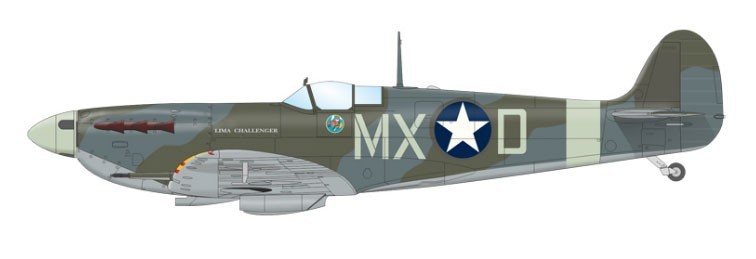
E. Spitfire Mk.Vb, BL255, Lt. Dominic S. Gentile, 336th FS, 4th FG, 8th AF, Debden, Essex, United Kingdom, August 1942

F. Spitfire Mk.Vc Trop, BR112, Sgt. Claude Weaver, No. 185 Squadron RAF, Hal Far, Malta, September 1942
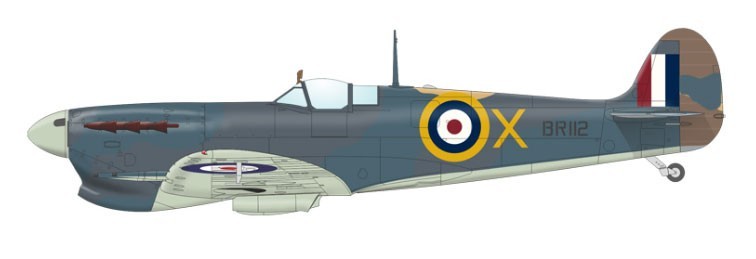
G. Spitfire Mk.Vb Trop, ER200 (probably), Lt. Col. Fred M. Dean, CO of 31st FG, Korba, Tunisia, May 1943

H. Spitfire Mk.Vc Trop, ER353, Capt. Jerome S. McCabe, 5th FS, 52nd FG, Le Sebala, Tunisia, June 1943
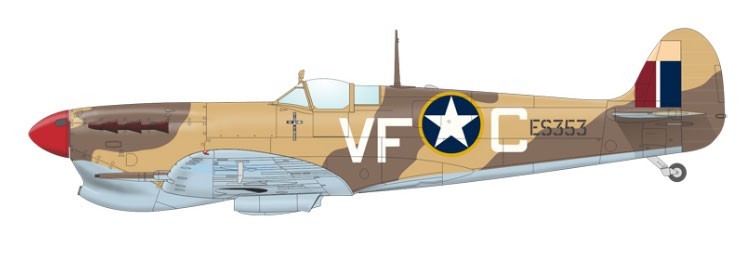
I. Spitfire Mk.Vb Trop, ER570, Maj. Robert Levine, 4th FS, 52nd FG, Mediterranean Alied Coastal Air Force (MACAF), La Sers, Tunisia, August 1943
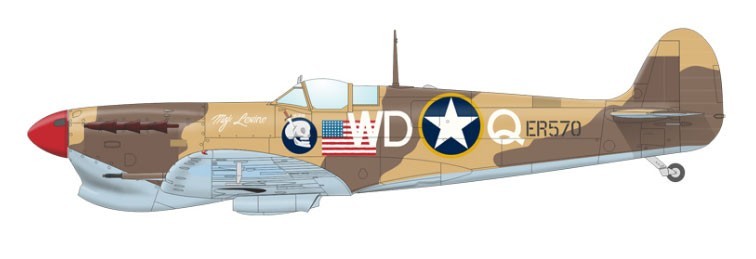
J. Spitfire Mk.Vc Trop, 307th FS, 31st FG, 12th AF, La Senia, Algier, end of 1942
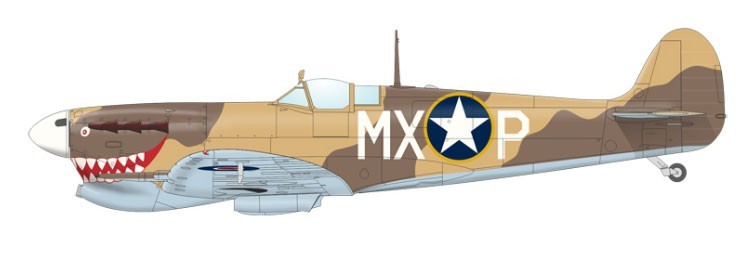
K. Spitfire Mk.Vc Trop, Lt. George G. Loving, 309th FS, 31st FG, 12th AF, Pommigliano, Italy, December 1943
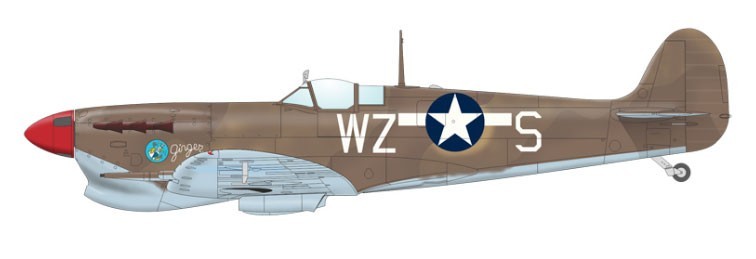
L. Spitfire Mk.Vc Trop, Lt. Richard Alexander, 2nd FS, 52nd FG, 12th AF, Borgo, Corsica, early 1944

Sadly, while the assembly instructions are generally well laid out and clear, Eduard have got into a bit of a muddle with the artwork for the colour schemes. The artwork for options D and E is duplicated, so I've used the illustrations on Eduard's website for this review.
The decals look very good and appear to be printed in-house by Eduard. The items are thin and glossy, and (like similar Eduard and Special Hobby decals lately) show a bit of excess carrier film. It's initially a little off-putting when it's becoming the norm to see next-to-no excess on decals from aftermarket decal producers, but I've found this snuggles down and disappears perfectly on application.
The colours look pretty good, with a convincing Sky and dull roundels. The yellow which Eduard used for their first Spitfire Mk I boxing came in for some criticism, so it's good to see they've gone for a warmer hue this time (perhaps a tad dark - but the acid test will be to see how it looks when the decals are applied).
Two comprehensive sets of servicing stencils are provided, and there's a small supplementary placement guide provided as a separate sheet. This does differ slightly from the diagram on the main instructions booklet, so I presume Eduard intend it to be used instead.
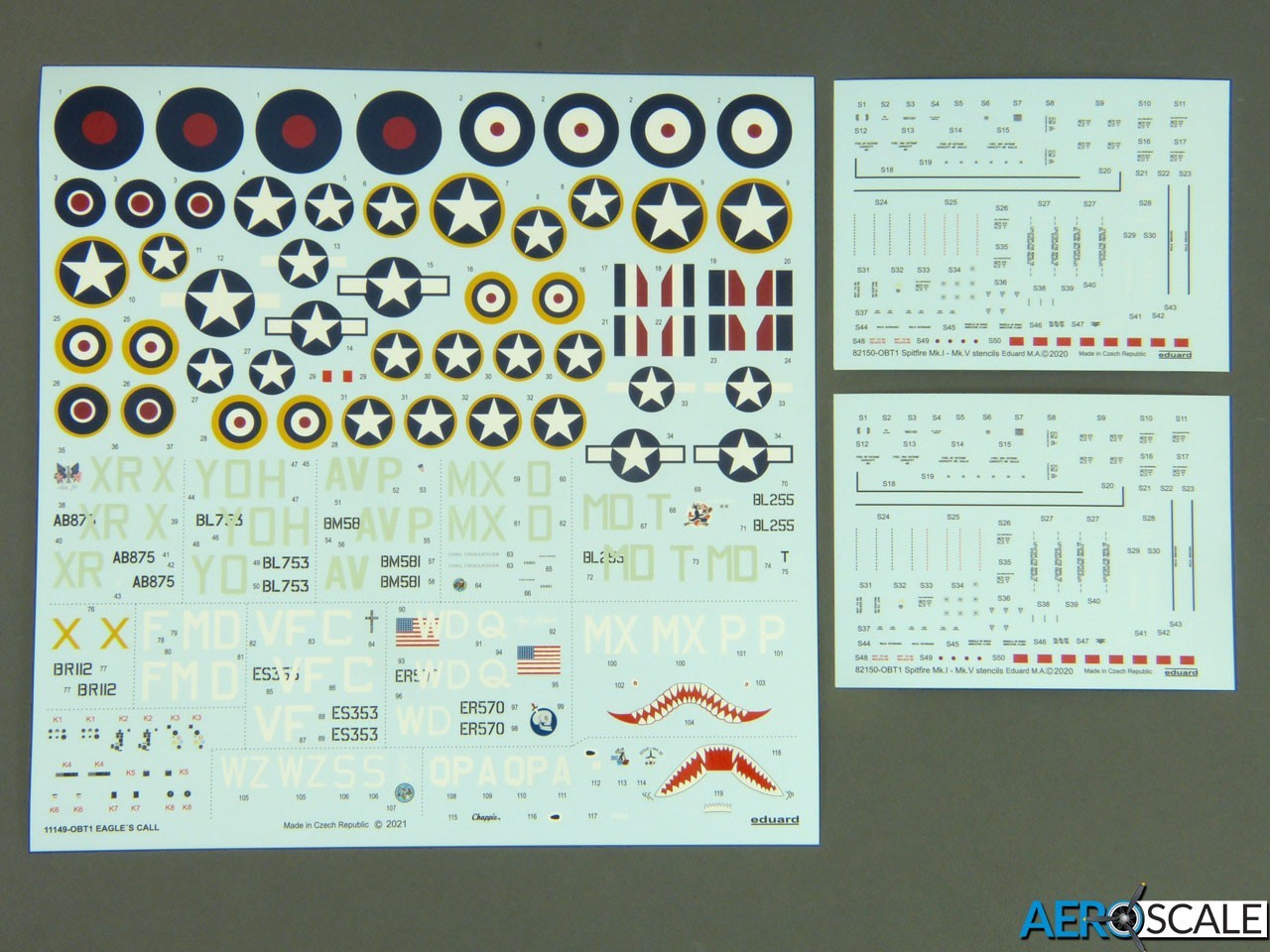
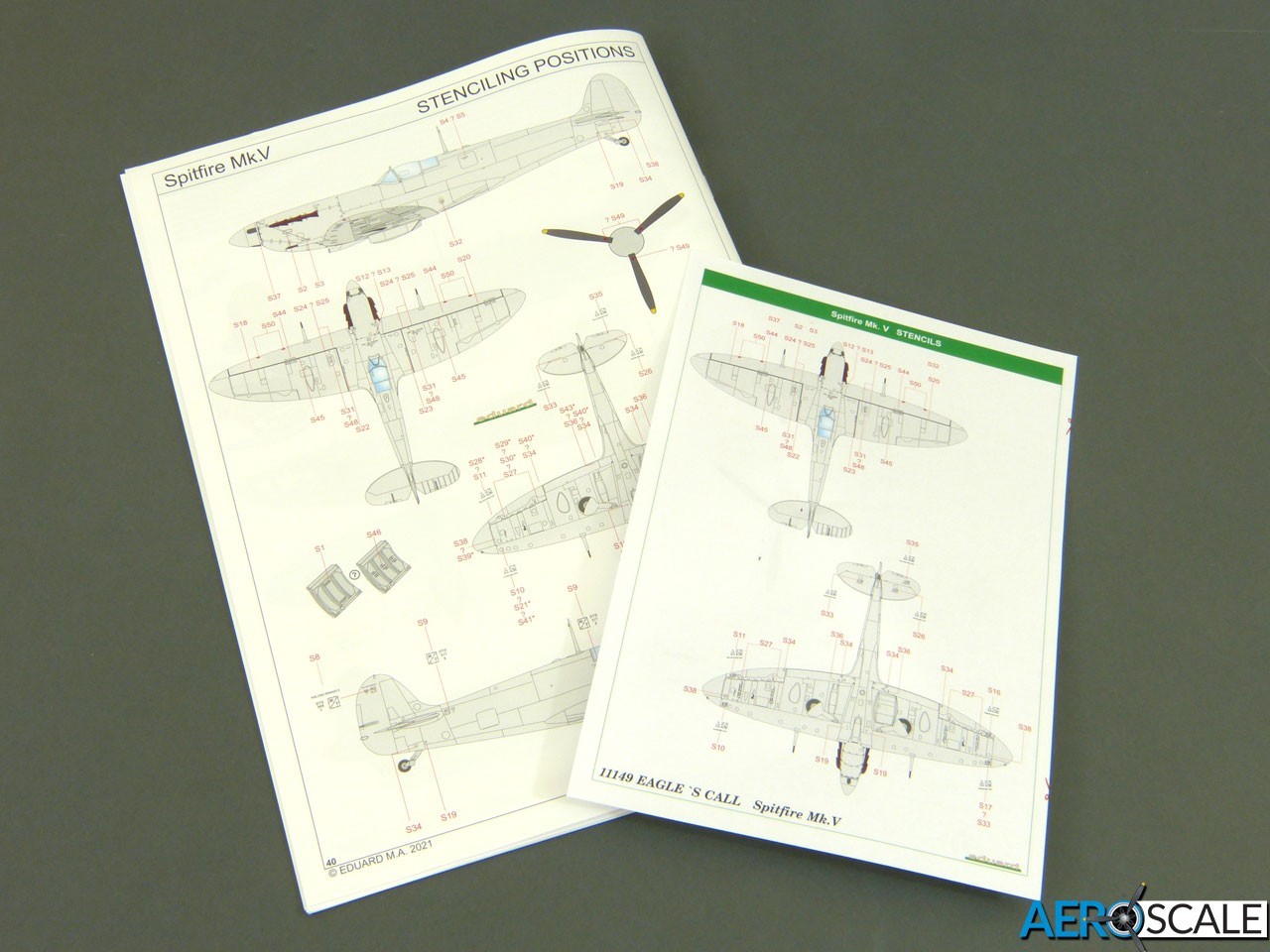
Conclusion
Eduard's Spitfire Mk V Dual Combo is a great release that should delight Spitfire fans, and it's refreshing to see it feature colour schemes for American pilots with a selection of eye-catching aircraft.
Although Tamiya beat Eduard to market with their new-tool Mk I, Eduard have turned the tables by releasing further variants. While Tamiya's kit is an easier build, I have to say I prefer Eduard's approach to the Spitfire overall. It's better detailed and the surface finish is really on a different level. If you're in any doubt about how just how many prominent rivets there are on a Spitfire, just get up close to one if ever have the chance and you'll discover the exterior is surprisingly almost "rough and ready" in places - I can vouch for that, having been lucky enough to clean the RAF Museum's exhibits when I volunteered there.
Obviously, this being a Profi-PACK boxing with photo-etched details, it might be a bit ambitious for less experienced modellers who may be better advised to wait for a Weekend Edition Mk V which surely can't be far off. For anyone used to working with etched details, though, this promises to be a hugely satisfying build and very good value at just over £20 for each of the two aircraft included.
I'm really looking forward to tackling Eduard's Spitfire Mk V as soon as time permits.
Kit #11149 - Eagle's Call Dual Combo is available from Eduard now - Price: £43.23
Many thanks to Eduard for supplying the sample kit.
Please remember, when contacting retailers or manufacturers, to mention that you saw their products highlighted here - on AEROSCALE











